For the DIY enthusiast, metal machining can be an incredibly useful hobby. Whether you’re already into woodworking, 3d printing, or just making in general, once you get some basic skills down, you can machine a huge variety of metal parts and tools—practical stuff you can use in your shop or all kinds of machines, vehicles, toys, furniture, and more.
In this article, we’ll look at nine projects you can do with a milling machine for beginners, one of the most important tools in machining. Also be sure to check out our similar lists of metal lathe projects, and CNC milling projects when you’re done with this one.
But first, why are we focusing on milling machine jobs?
In addition to your fundamental metalworking tools, you may want a full-size metal lathe and a bridgeport-style milling machine or knee mill in your home machine shop since there are some operations that are simpler on a lathe vs. a milling machine. These are likely two of your biggest pieces in size and cost. So if like many hobbyists, you’re not starting with the space and budget to have it all, you need to make a choice.
A mill will enable you to make just about everything that isn’t cylindrical. Like a drill press, a mill operates by locking your flat, curved, or irregular workpiece into a vise, then lowering your spindle to your desired cutting depth along the vertical or Z Axis. Where mills and drill presses differ is the more robust cutting head of a mill allows you to move the workpiece along the two vertical or X and Y axes. The rotating cutting tool then creates a path allowing you to cut holes with exact dimensions or cut precise pockets, slots, etc.
Many of the projects on this list are things that you could buy, but these tools tend to be extremely expensive for what they are since toolmakers tend to assume the hobby machinist or small shop will make the tools themselves. It’s far better to make them yourself with scrap you have around the shop. It’s good practice and will save you money in the long run.
Now let’s get into some of the cool projects you can do!
1. 123 Block
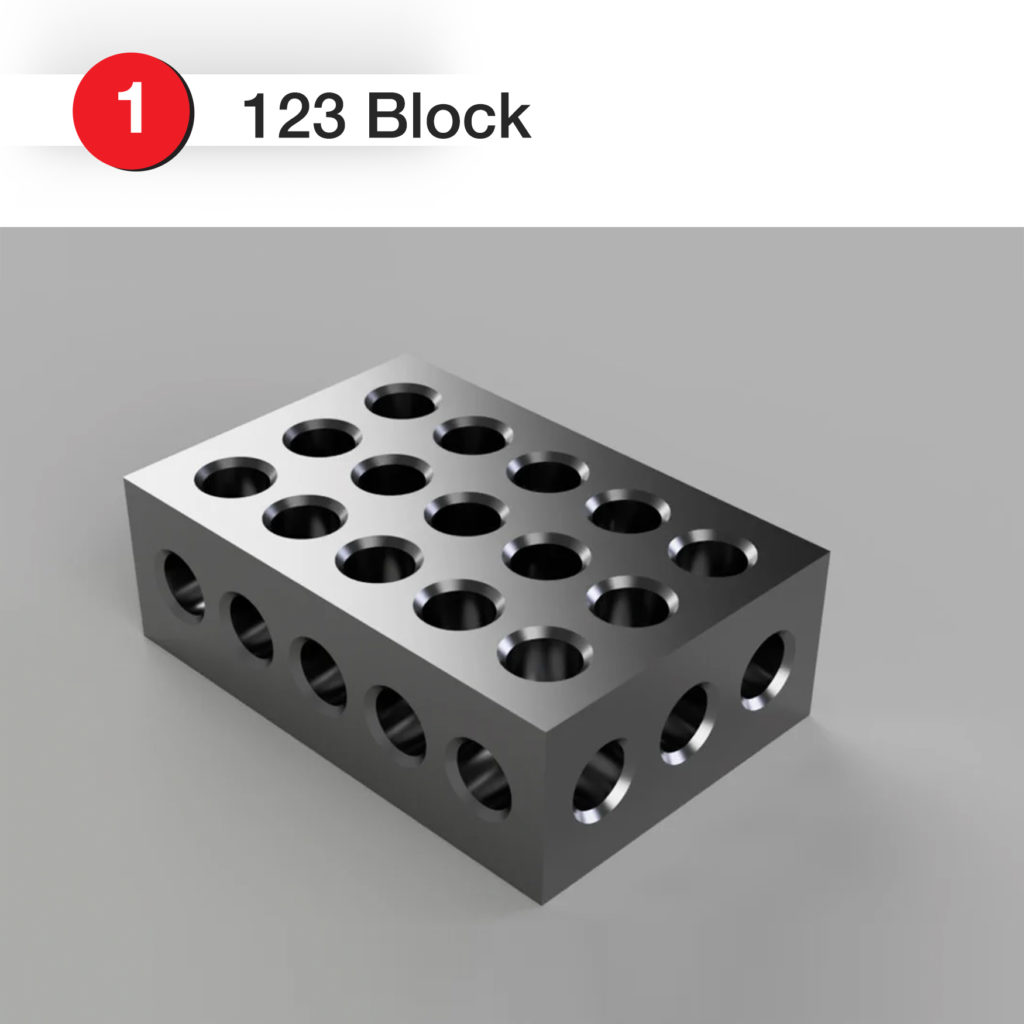
Making these may not be as easy as 1-2-3, but these blocks sure count for many uses in a machine shop!
A 1-2-3 block is a piece of steel, ground to a square 1 by 2 by 3 inches and usually drilled with a pattern of threaded holes. It’s ideal for setting up machines, inspecting parts, measuring, or simply holding down some paper.
Although you can buy a 1-2-3 block for about $10 a pop, the costs can quickly add up (since many people like to have a whole bunch of them on hand). Instead, make your own. It’s a great way to develop your milling skills.
2. Drip Tray
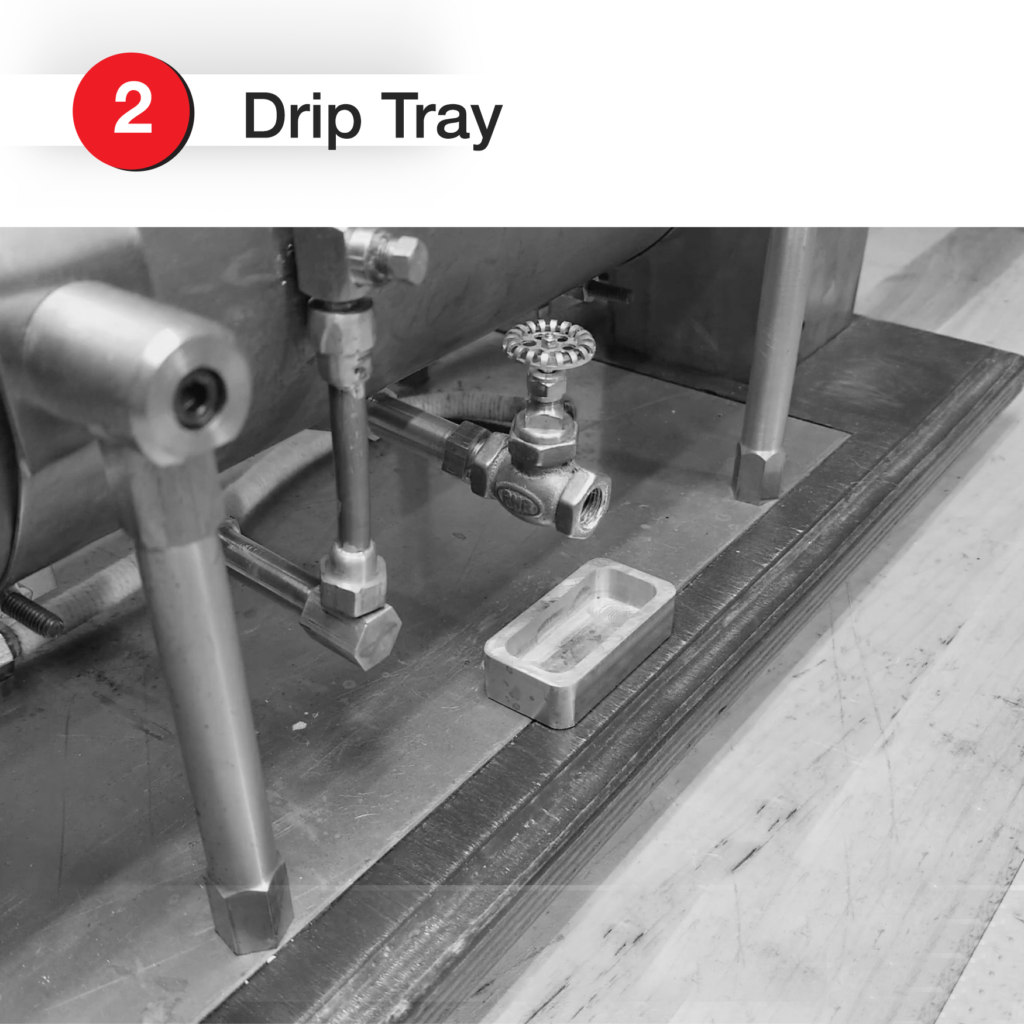
You like to keep your machine shop clean, right? You should. Not only for aesthetics but, more importantly, for safety and cost savings.
Anyone who’s spent some time in a machine shop has heard fairy tales about milling machines that don’t leak oil, but the truth is they all do.
This makes drip trays a vital accessory to help contain leaks under your machines. Since a basic design is all you need to get the job done, drip trays are a simple milling machine project that can save you money and hassles with each completed piece.
For a full video on how this is made Blondihacks on youtube made a fantastic video here.
3. Machinist Vise Blocks
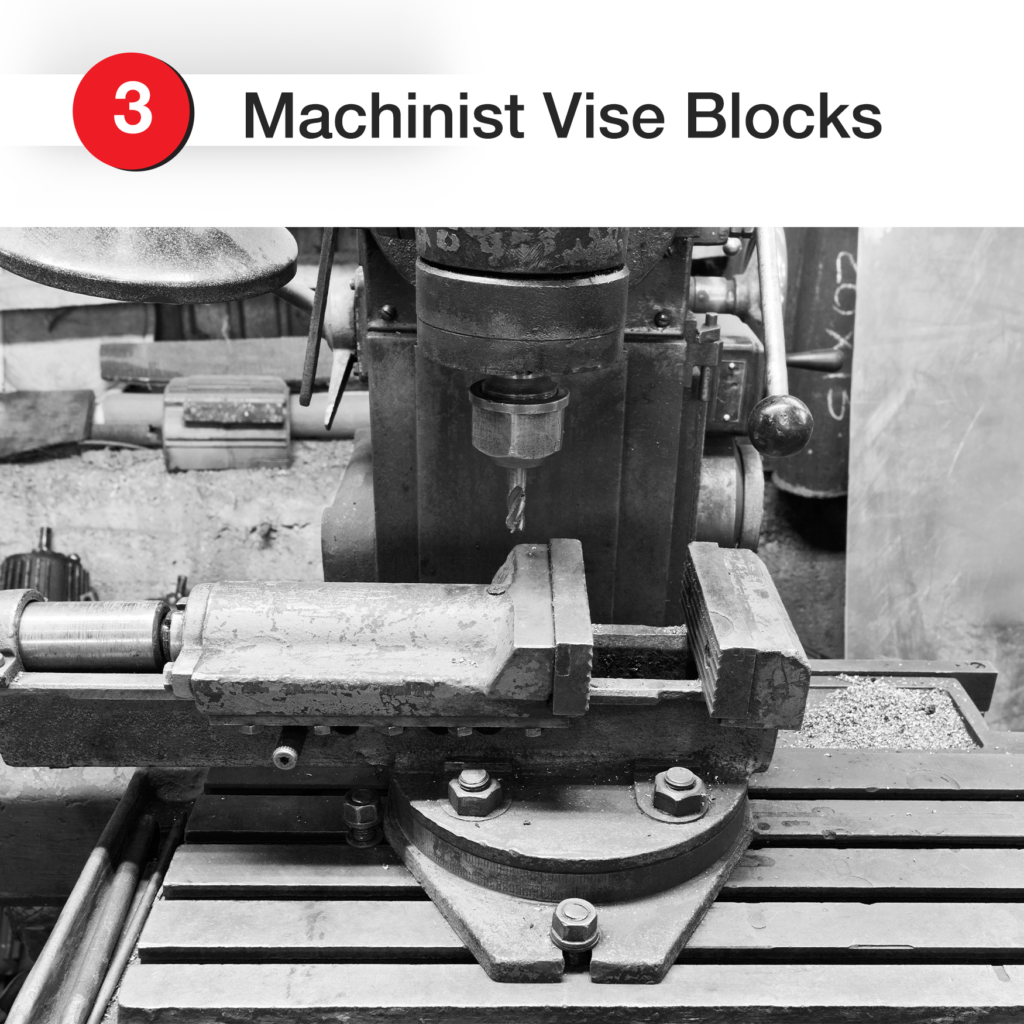
Vise blocks, also known as jaw liners, which help protect your workpiece while holding it in place on your vise, get a lot of use in any machine shop. It’s helpful to have a variety of blocks on hand for different shapes and sizes of workpieces. You can buy liners from many different suppliers, but these are very expensive and don’t last long, so the costs can quickly add up.
Fortunately, machinist vise blocks are an ideal beginner milling project, only needing a vertical mill and a grinder. Just change your inserts, put your flycutter in the machine, and cut to the desired thickness. Start with basic flat blocks, and after that, challenge yourself with grooved versions for different shapes.
4. T-nuts
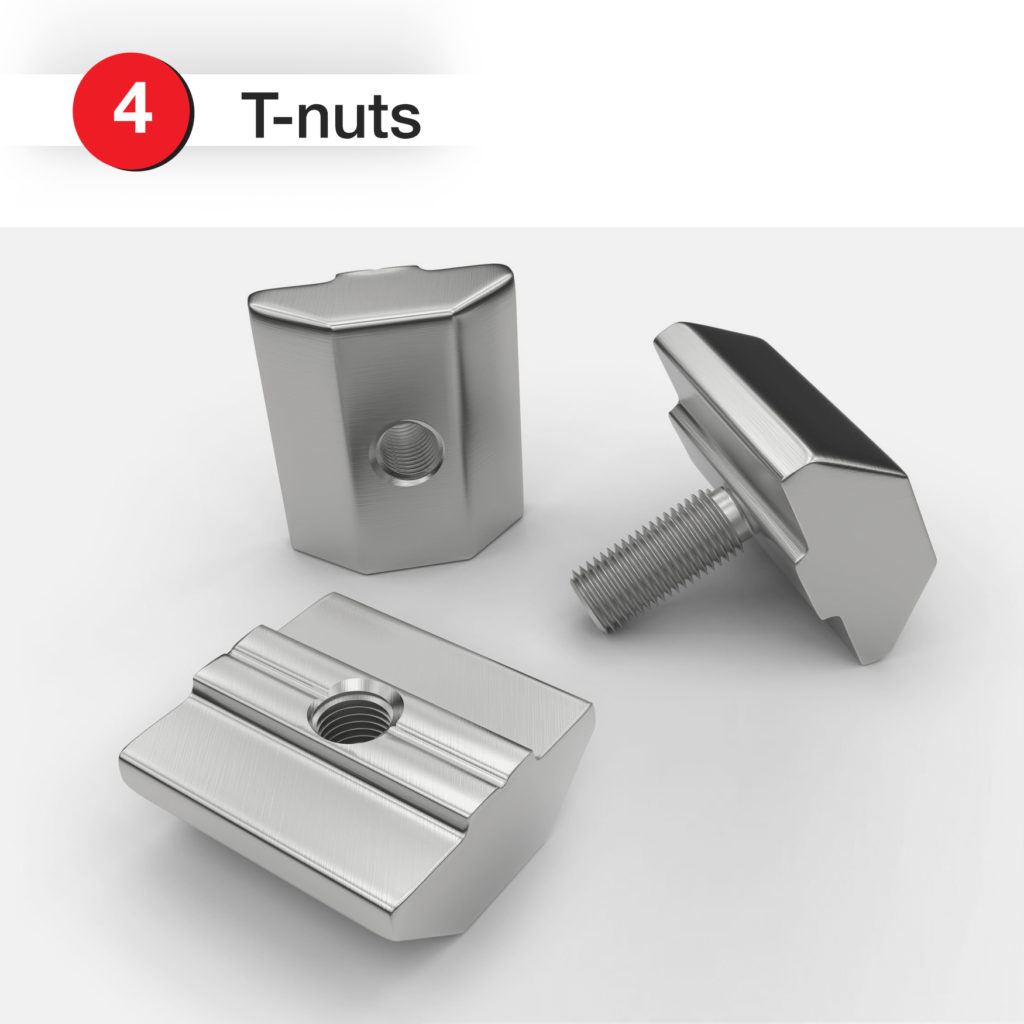
Similarly ubiquitous and valuable in most metal shops are T-nuts. Many machining tables are lined with T-shaped slots. Slide the T-shaped nuts made of hardened steel with a threaded hole in these slots, and you can easily secure a workpiece to the table.
After making precise measurements to ensure they fit the slots on your table, T-nuts are easy to mill. You can make different lengths with different size holes to accommodate different anchors and workpieces.
And the more you make yourself, the more money you’ll save in your home machine shop.
5. Indicator Depth Attachment
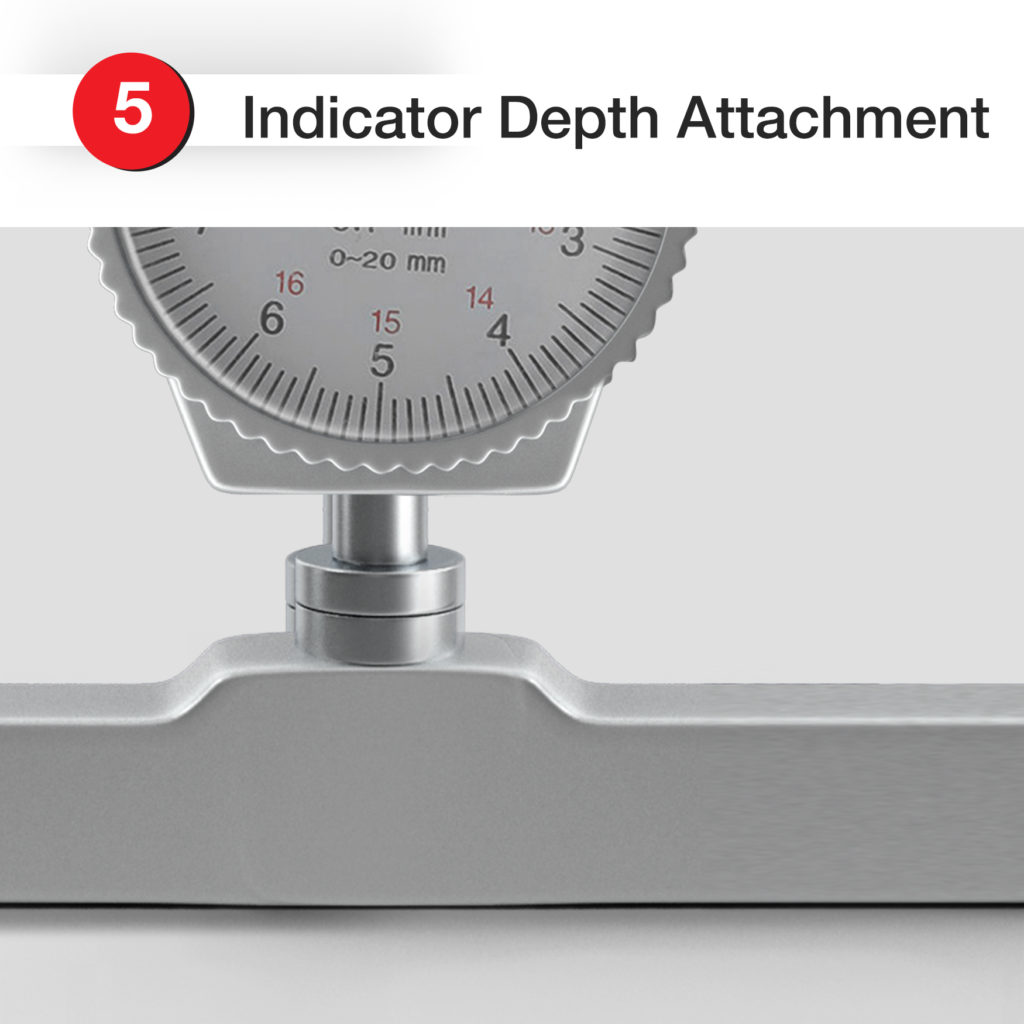
Dial indicators are a handy tool for any machine shop. They’re great for ensuring the precise positioning of workpieces and verifying measurements of parts you make.
Better yet, you can expand the usefulness of a dial indicator by creating a steel base that turns your indicator into a depth measurement device. It’s a simple milling project that will quickly pay dividends in other projects you take on.
6. Caliper Depth Attachment
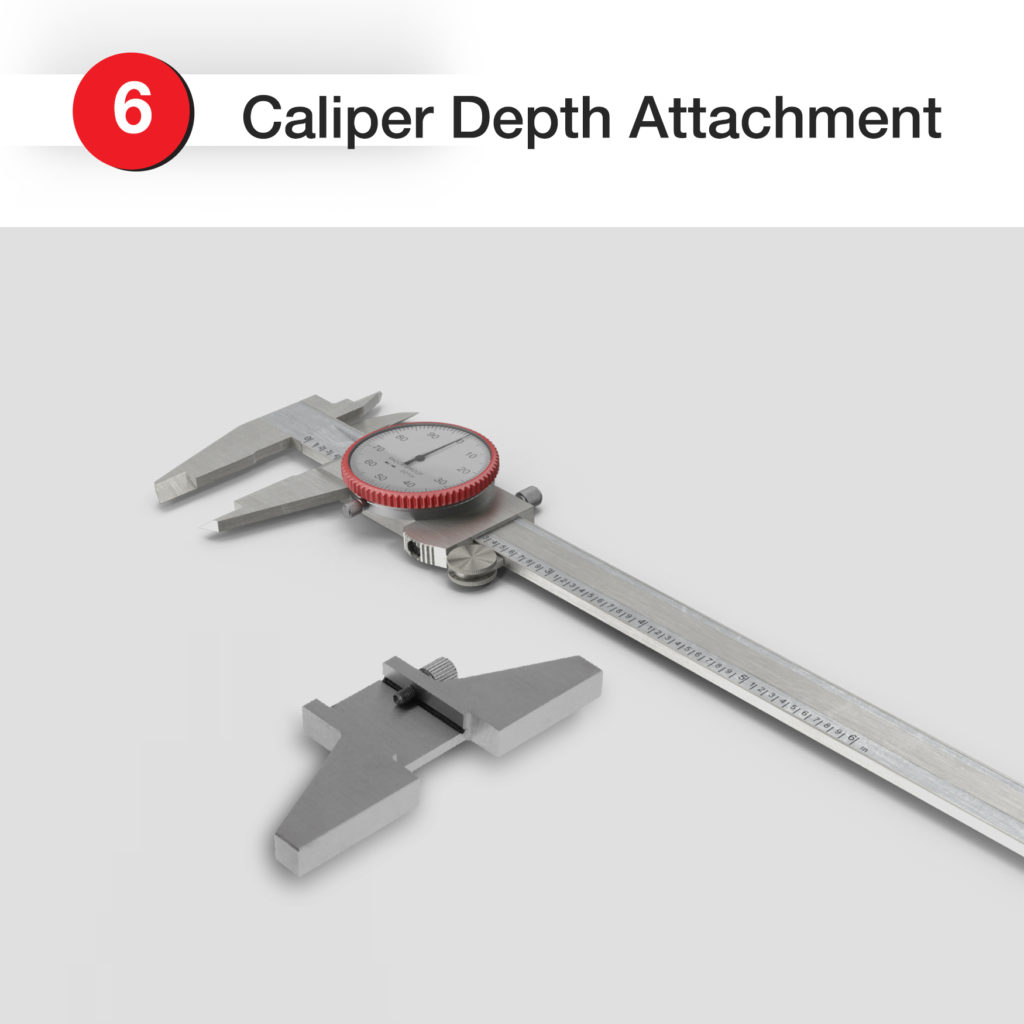
A set of calipers and a micrometer are the two most essential tools for a machinist, but the go-to for most people will be their calipers. Two adjustable jaws help measure dimensions between opposite ends of a part.
It’s another tool that can be upgraded easily with some basic milling work. You need very little material and only a minimum of experience to make a depth attachment that will enable accurate depth measurements every time.
7. Endmill & Tap Holders
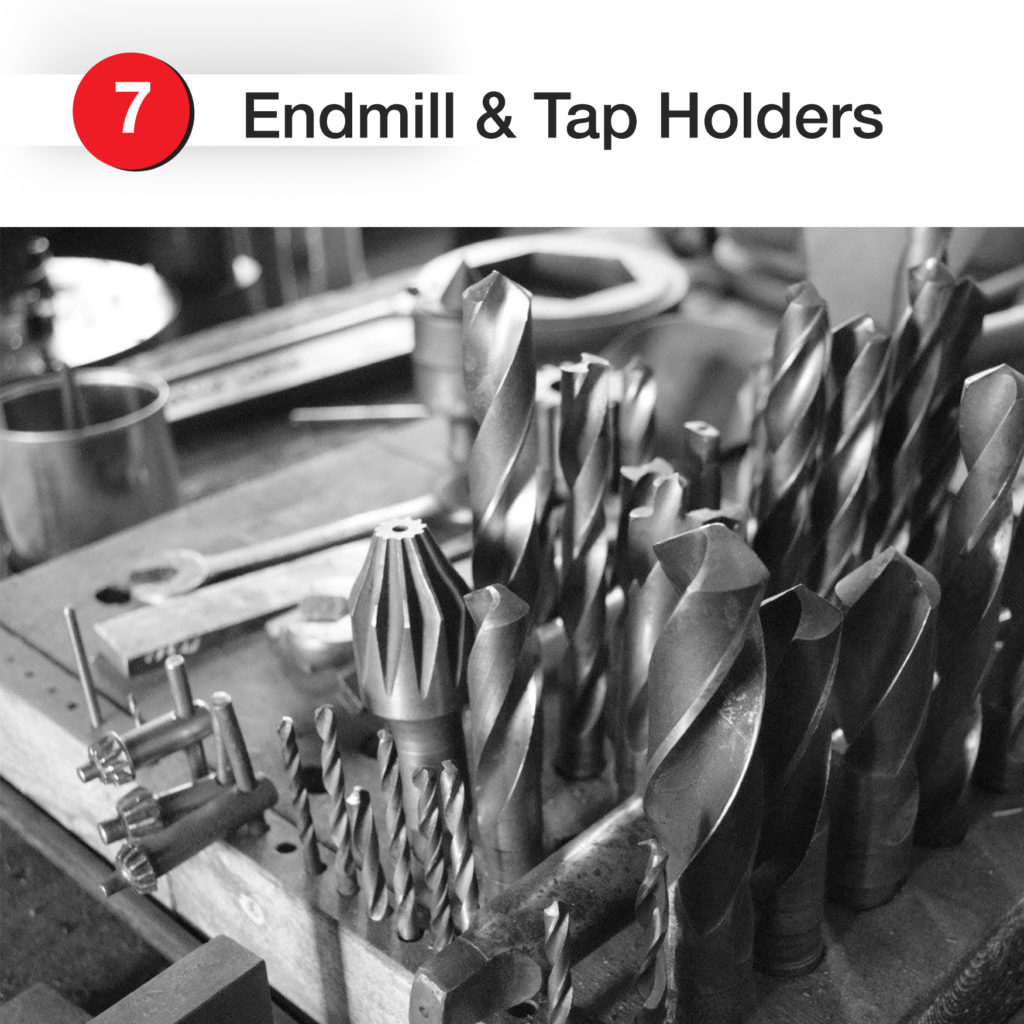
One of the coolest things about machine shop equipment is that you can adapt it quickly to make different types of cuts depending on your application. To enable this versatility, it helps to have a way to attach various tools to your machine quickly.
Enter endmill and tap holders, another relatively simple milling project that makes some handy end products. Having a variety of machine tools at the ready and in their collet can save you time and hassle. And if you make them yourself, they’ll be a constant reminder of your advancing milling machine skills!
8. A Big Nut
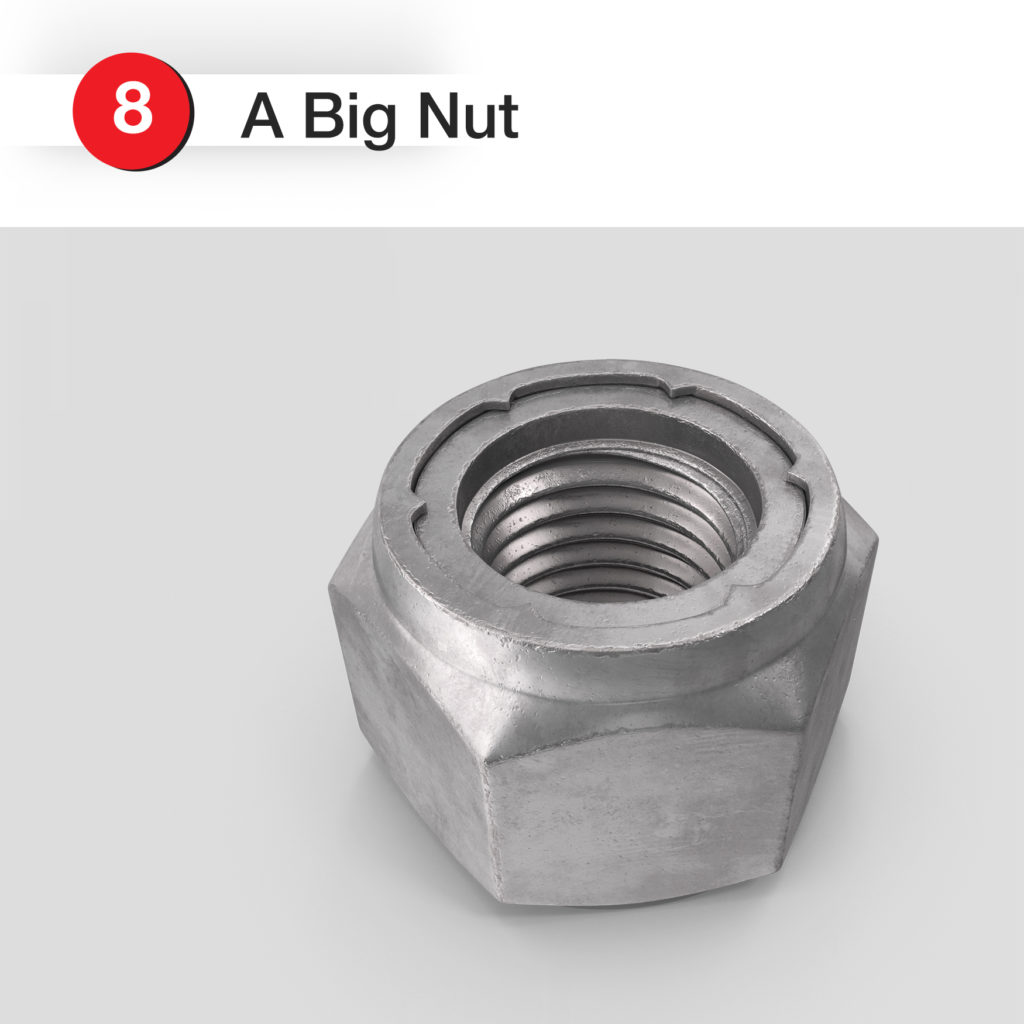
We’ve already given you plenty of ideas for practical milling machine projects. Now let’s finish things off with a couple of pure-fun products.
Got some decent size chunks of scrap steel around? Why not mill yourself an oversized novelty nut?
It’s good practice work and will make a great conversation piece or fodder for “big nuts” jokes. Or maybe a unique bookend for your shelf full of DIY how-to books.
Bonus: If you own a lathe, here’s your opportunity to make a companion bolt, cutting the threads with your lathe!
9. Dice
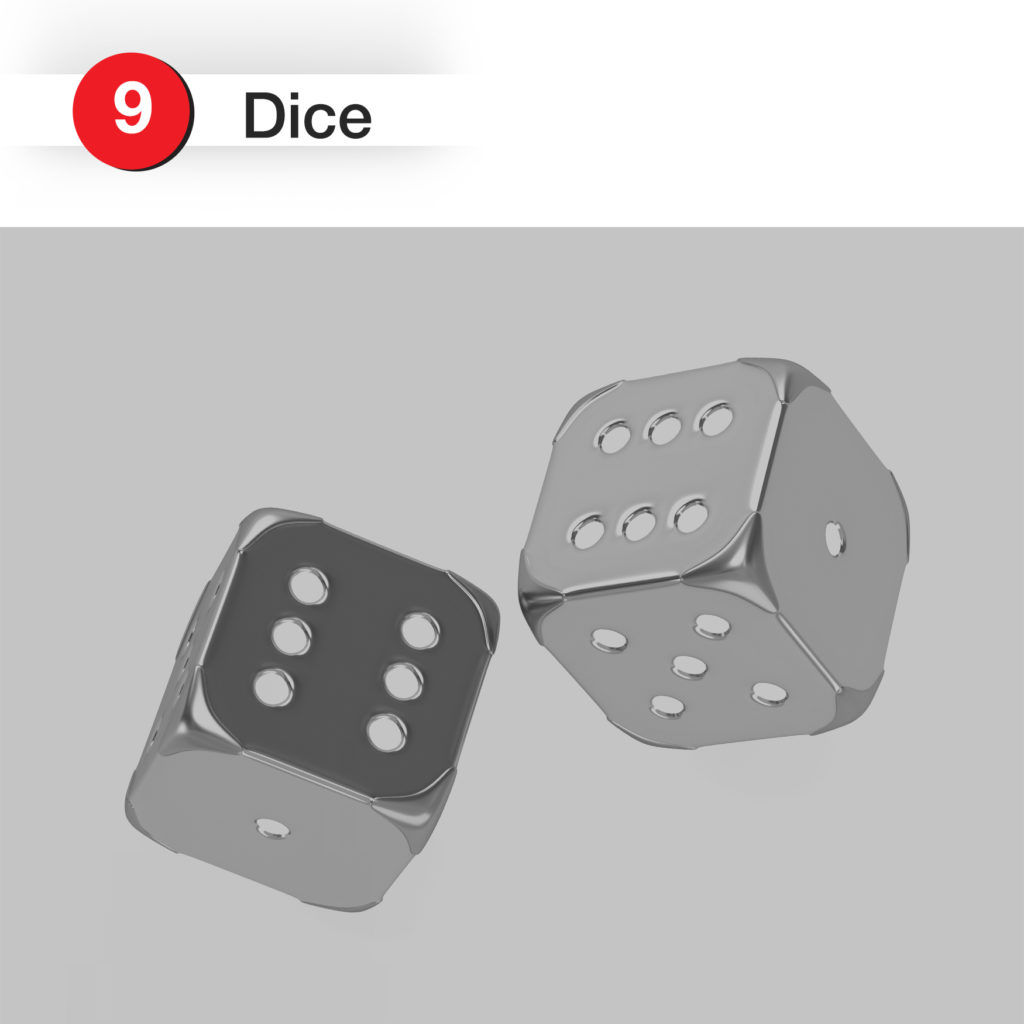
Last but not least, it’s time to roll the dice with your developing milling skills.
A set of dice is one of the coolest DIY gifts. It’s another project that requires very little material (assuming you’re not making too many mistakes, of course). It’s also an excellent way to test your precision and artistic touch with your milling machine.
And if you want a little more work and challenge, try some polyhedral dice to impress your “Dungeons & Dragons” friends.
Powering Your Milling Machine Projects
Still in the process of acquiring a milling machine? Keep in mind that, aside from the minis and benchtop models, most knee mills use 3-phase electricity. In that case, a rotary three-phase converter is a good option for providing reliable, efficient power to reduce tooling costs, increase the machine’s life span and make for a better surface finish.
American Rotary phase converters can be sized to power just about everything in your hobby machine shop, including both single- and 3-phase equipment at the same time. Our USA-made phase converters produce balanced 3-phase to keep your whole shop running.
So what are you waiting for? Stop milling around! Contact us today to get started by discussing the power requirements for your shop and get on with mastering your milling skills!



